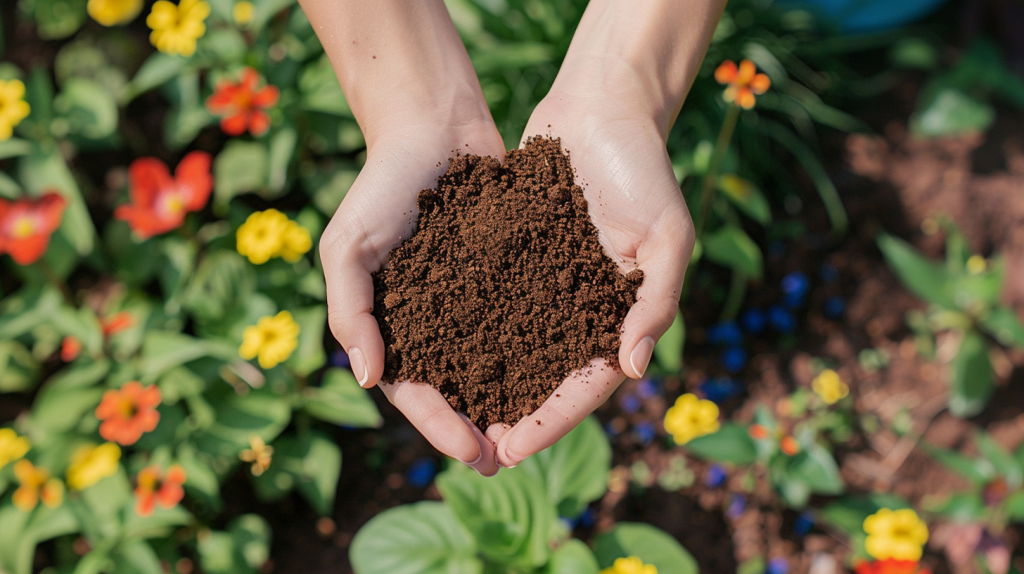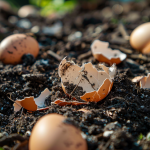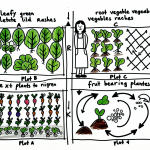What if I told you that your morning coffee ritual could double as a secret weapon for a thriving garden? That’s right—those coffee grounds you usually toss out are brimming with benefits for your plants. So, next time you’re brewing a pot, save those grounds! Let’s dive into how coffee grounds can take your garden to the next level.
Coffee Grounds: More Than Just a Morning Pick-Me-Up
First off, let’s talk about why coffee grounds are so fantastic for your garden. These little brown bits are packed with nutrients that plants love, including nitrogen, potassium, and phosphorus. They also help improve soil structure and attract beneficial worms and microorganisms. Think of coffee grounds as a nutrient-rich snack for your soil.
How to Use Coffee Grounds in Your Garden
- As a Mulch: Sprinkle coffee grounds directly onto the soil around your plants. They’ll help retain moisture, suppress weeds, and slowly release nutrients as they break down.
- In the Compost: Add coffee grounds to your compost pile. They’re considered a ‘green’ compost material, rich in nitrogen. Just make sure to balance them with plenty of ‘brown’ materials like leaves and straw.
- As a Fertilizer: Mix coffee grounds into your soil or compost to create a nutrient-rich fertilizer. Use about 1 cup of coffee grounds per 1 square foot of soil.
- For Acid-Loving Plants: Plants like blueberries, azaleas, and roses thrive in acidic soil. Coffee grounds can help lower the pH level, giving these plants a boost.
Coffee Grounds as a Pest Repellent
Not only do coffee grounds nourish your plants, but they also help keep pests at bay. Slugs and snails, for instance, are repelled by the gritty texture and the caffeine content. Sprinkle a barrier of coffee grounds around vulnerable plants to protect them from these slimy invaders.
Encouraging Beneficial Critters
Worms love coffee grounds. When you add them to your garden, you’re essentially inviting these little soil engineers to come and aerate your soil, break down organic matter, and add their nutrient-rich castings. Happy worms mean healthy soil, which translates to thriving plants.
Making Coffee Ground Tea
For an extra nutrient boost, try making coffee ground tea. Here’s how:
- Steep: Place 2 cups of used coffee grounds in a 5-gallon bucket of water.
- Brew: Let the mixture sit for a few days, stirring occasionally.
- Strain and Use: Strain out the grounds and use the liquid to water your plants.
A Few Coffee Ground Cautions
While coffee grounds are great, there are a few things to keep in mind:
- Moderation: Too many coffee grounds can create a dense barrier that water and air struggle to penetrate. Mix them into the soil or compost to avoid this issue.
- Fresh Grounds: Fresh coffee grounds are more acidic than used ones, so they’re best for acid-loving plants. Used grounds are closer to neutral and can be used more broadly.
By incorporating coffee grounds into your gardening routine, you’re recycling waste and giving your plants a nutrient-packed treat. Next time you finish your morning brew, think twice before throwing out those grounds—they’re a garden goldmine waiting to be tapped.




GIPHY App Key not set. Please check settings